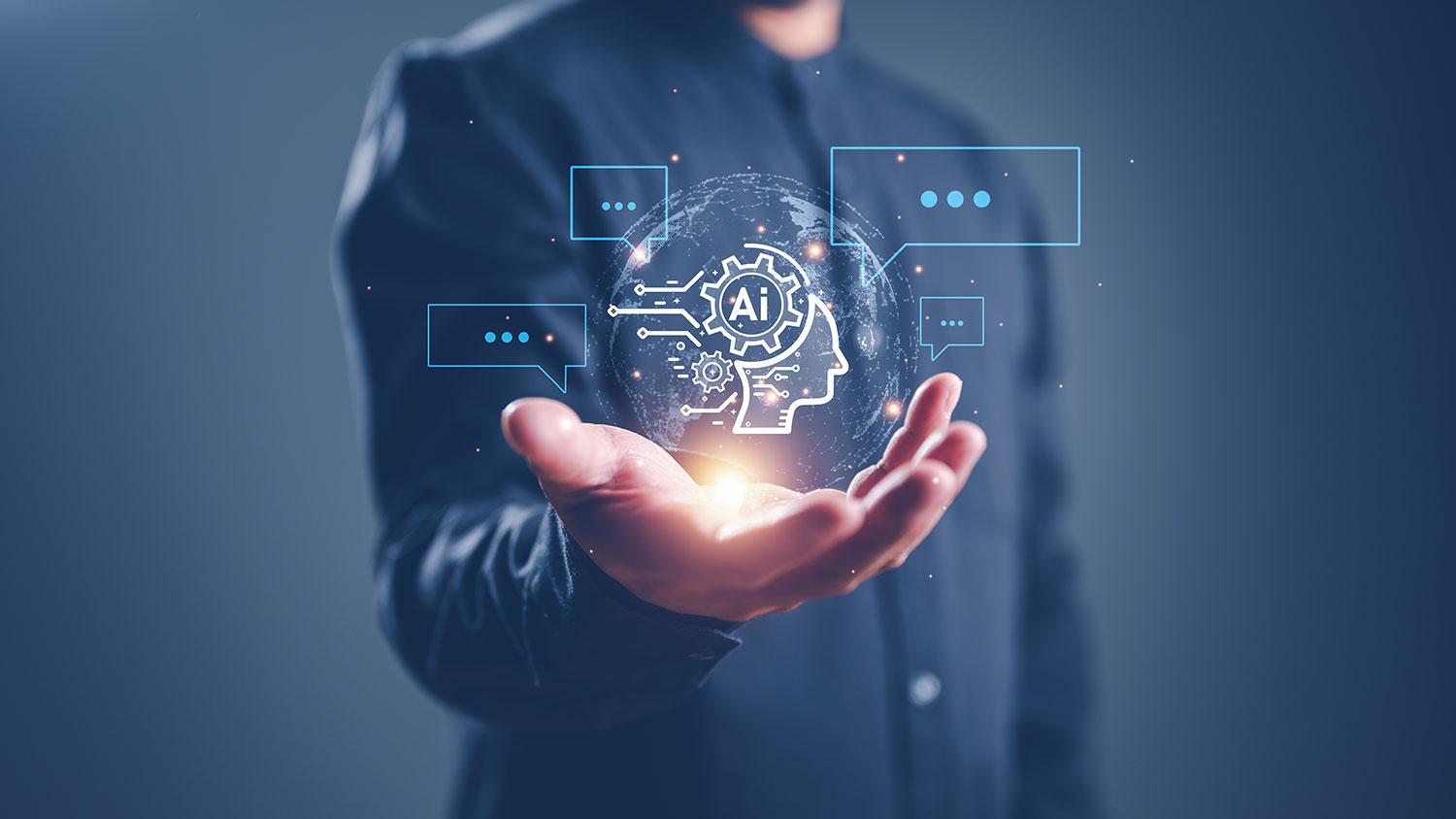Tips for Leveraging AI in Human Resource Management
Poole College's Patrick Flynn explores how the growth of artificial intelligence presents both opportunities and challenges for the field of human resource management — and provides insight on proper use of the technology.

By Patrick Flynn, assistant professor of human resource management in the Poole College of Management
In the ever-evolving landscape of business, the intersection of Artificial Intelligence (AI) and Human Resource Management (HRM) stands as a pivotal crossroads, defining the future of organizational success. As businesses navigate the complexities of a rapidly changing global economy, the integration of AI in HRM emerges as a transformative force, reshaping traditional paradigms of talent acquisition, development and retention. This symbiotic relationship between cutting-edge technology and human capital introduces unprecedented opportunities for efficiency, innovation and strategic decision-making. Join us on a journey through the dynamic realm where AI and HRM converge, unlocking new possibilities and redefining the way organizations cultivate and capitalize on their most valuable asset — their people. This paragraph provides interesting and provocative thoughts around the potential advantages to using AI in HRM — and it was written by ChatGPT.
AI is clearly here to stay, and it is evident that using AI (and cutting-edge technology broadly) properly can be a source of competitive advantage for organizations and has the capacity to transform HRM. Yet tech industry leaders continue to warn that AI poses an existential threat to humanity because the limits of AI are not yet known. In the world of HR, AI has the potential to streamline many systems such as resume screening, collecting and analyzing employee engagement, performance management, and tracking and administering benefits. However, these systems are not foolproof and have the potential to create costly errors. For example, it was discovered that Amazon had been incorrectly documenting medical, parental and disability leave for many employees, which even led to erroneous employee terminations.
Thus, the growth of AI presents both opportunities and challenges for the field of human resource management. When used properly, AI and technology can serve as tools that help to build human resource management into a source of competitive advantage for firms. Here are some tips for HR to consider with the rise in AI and technology:
- Seek employee consent and protect data. For example, the European Union General Data Protection Regulation (GDPR) promotes data fairness, transparency, integrity and confidentiality, and accountability for employees’ data that is collected by the firm. HR can follow this model to collect employee consent before using archival data records in analysis and generally explain the purpose of the data analysis to provide transparency, illustrating the benefits of HR analytics to both the individual employees and the organization.
- Implement human checks on AI decisions. AI should be viewed as a tool in the HR toolkit that can be evaluated in the broader context of the HR function. If AI or the HRIS recommend a decision such as termination, it could be valuable to have a person verify this decision before terminating an employee. This check can help reduce errors and validate the effectiveness of the technology.
- Periodically evaluate AI and systems automation. HR must routinely evaluate the effectiveness of AI and technology. Some questions to explore on a regular basis are: How is it performing? How can it be improved? Has the business changed? Considering these will help to calibrate systems in real time to reflect the business and avoid errors.
- Categories:


